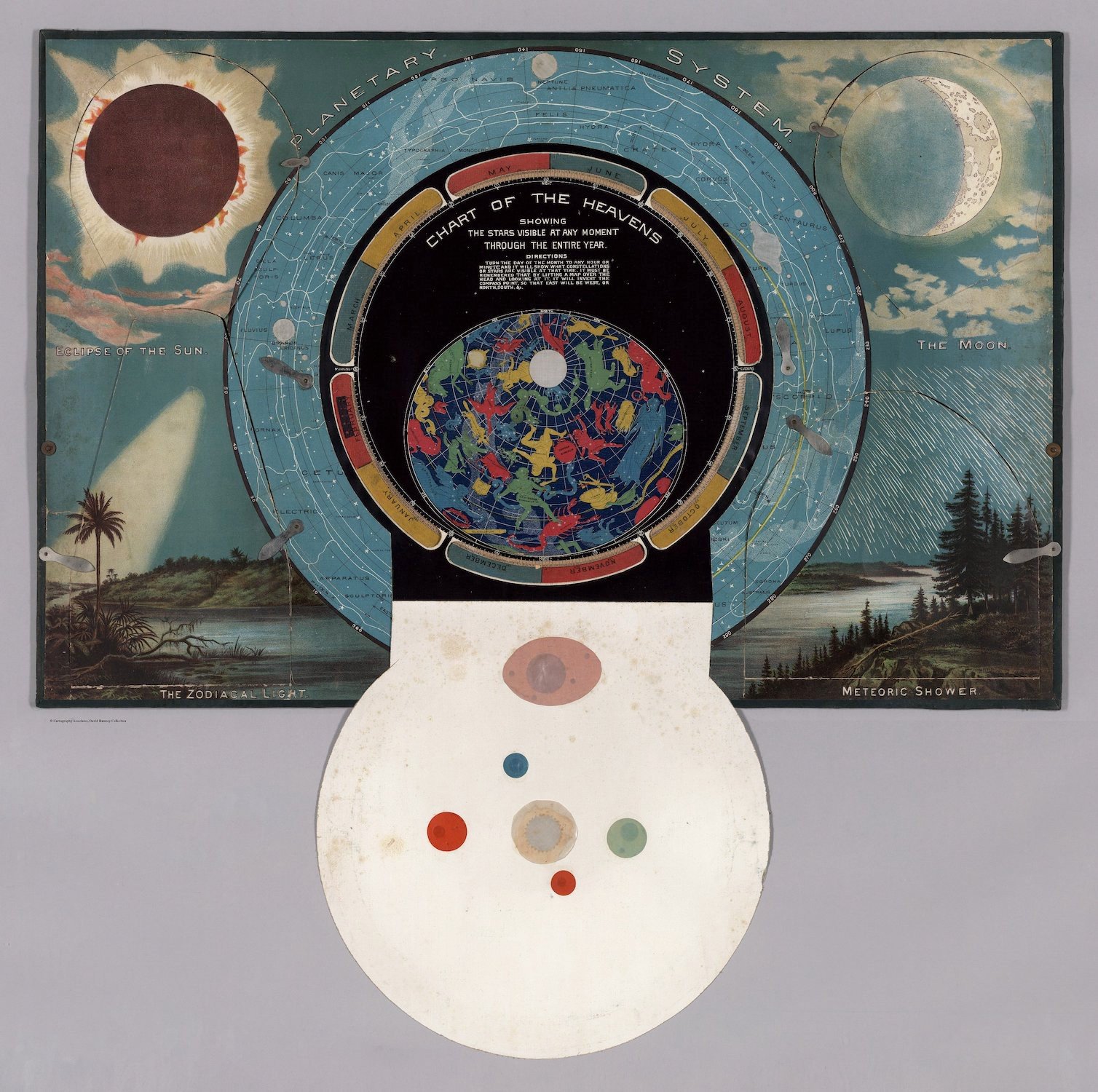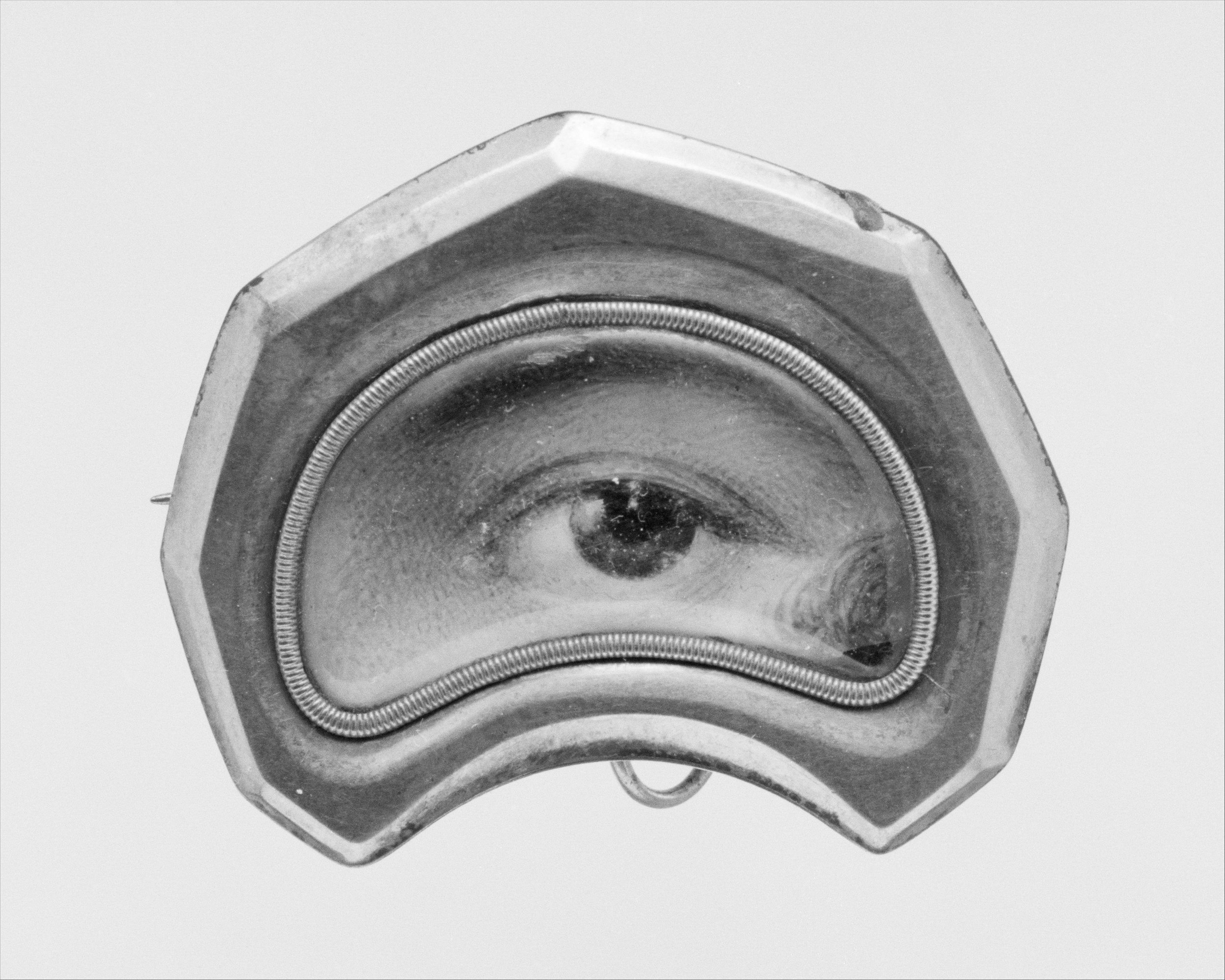Steve Jobs' Design Philosophy: Art & Technology
"Design is the fundamental soul of a human-made creation that ends up expressing itself in successive outer layers." – Steve Jobs
In the realm of design and innovation, few figures loom as large as Steve Jobs.
His relentless pursuit of perfection and commitment to elegant simplicity transformed Apple from a computer company into a global cultural force, setting the tone for a revolution in how we think about technology and design.
The Power of Saying "No"
"People think focus means saying yes to the thing you've got to focus on. But that's not what it means at all. It means saying no to the hundred other good ideas that there are.
You have to pick carefully," Jobs emphatically stated. This philosophy shaped every aspect of Apple's product development.
When Jobs returned to Apple in 1997, he encountered a company drowning in complexity. His first act was radical simplification: cutting dozens of product lines down to just four computers. "Innovation is saying 'no' to 1,000 things," he explained.
"You have to pick carefully. I'm actually as proud of the things we haven't done as the things I have done."
Zen and the Art of Product Design
Jobs' design sensibilities were profoundly influenced by Zen Buddhism. "Simplicity is the ultimate sophistication," he would often say, channeling both his Zen training and his admiration for Leonardo da Vinci.
This influence manifested in Apple's minimalist aesthetic—clean lines, simple shapes, and an absence of unnecessary elements.
“Simplicity isn’t just a visual style. It’s not just minimalism or the absence of clutter. It involves digging through the depth of the complexity. To be truly simple, you have to go really deep.”
The Intersection of Technology and Liberal Arts
"Technology alone is not enough," Jobs proclaimed in his 2011 iPad 2 launch speech. "It's technology married with the liberal arts, married with the humanities, that yields the results that make our hearts sing."
He doubled down on this belief at various points, stating, "I always thought of myself as a humanities person as a kid, but I liked electronics... Then I read something that one of my heroes, Edwin Land of Polaroid, said about the importance of people who could stand at the intersection of humanities and sciences, and I decided that's what I wanted to do."
Beyond Surface Beauty
"Design is not just what it looks like and feels like. Design is how it works," Jobs insisted, emphasizing his holistic approach to product creation. He elaborated on this philosophy:
"When you're a carpenter making a beautiful chest of drawers, you're not going to use a piece of plywood on the back, even though it faces the wall and nobody will ever see it. You'll know it's there, so you're going to use a beautiful piece of wood on the back."
End-to-End Experience
"You've got to start with the customer experience and work backwards to the technology," Jobs emphasized. "You can't start with the technology and try to figure out where you're going to try to sell it."
This comprehensive vision extended to every aspect of Apple's ecosystem, from packaging, to retail stores to software interfaces.
Attention-to-Detail
"Details matter, it's worth waiting to get it right," Jobs would say, setting a standard that influenced industries far beyond technology. He believed that:
"Quality is more important than quantity. One home run is much better than two doubles."
When discussing product development, Jobs explained, "When you first start off trying to solve a problem, the first solutions you come up with are very complex, and most people stop there. But if you keep going, and live with the problem and peel more layers of the onion off, you can often arrive at some very elegant and simple solutions."
•
Perhaps Jobs' most profound statement about design came near the end of his life: "I have my own theory about why decline happens at companies... The company does a great job, innovates and becomes a monopoly or close to it in some field, and then the quality of the product becomes less important. The product starts valuing the great salesmen, because they're the ones who can move the needle on revenues."
His legacy teaches us that design excellence requires more than aesthetic sensitivity—it demands vision, courage, and an unwavering commitment to quality in every detail.
As Jobs put it, "Great things in business are never done by one person. They're done by a team of people." But it takes a visionary to set the standard for what "great" truly means.






